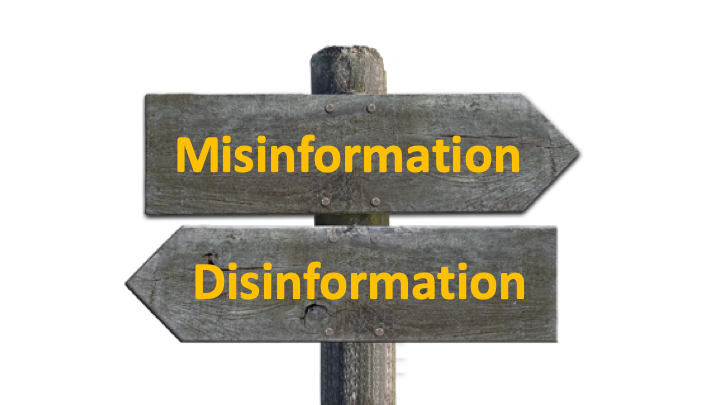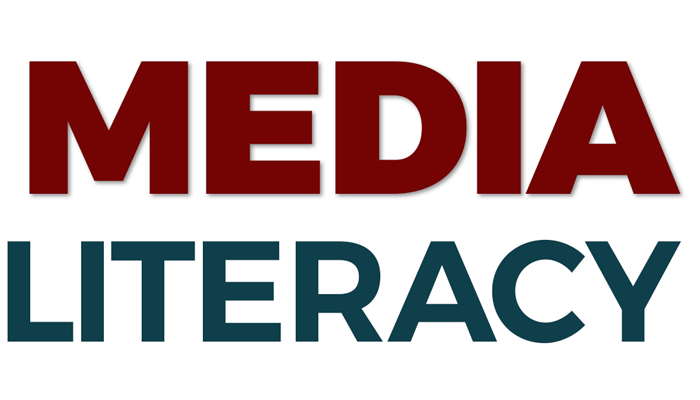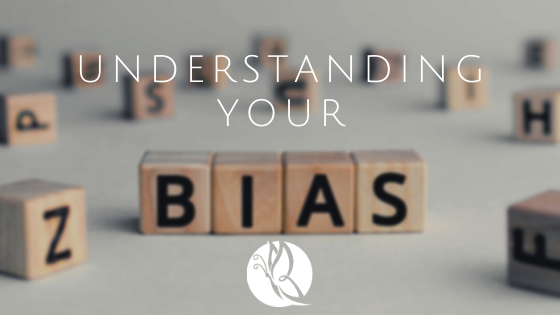
Are you being Disinformed or Misinformed?
- Blog Updates, Hear 2 Help You, Standard Blog
- disinformation, misinformation
- November 9, 2019
Are you being Disinformed or Misinformed ?
You may not recognize the word disinformed. It’s okay. I didn’t either. To help us with the definition of the word, we would have to take a look at the root word “inform”. To inform means to give some facts or information, or to make someone aware of something (Merriam Webster Dictionary).
Disinformation is false information that is meant to mislead people. With today’s show, Simone and I outline ways in which we can check the source of our news. So this will help viewers see ways in which advertisers, new sources, and social media platforms attempt to polarize the mass public.
Enjoy the video and as always feel free to follow along below.
[wonderplugin_video iframe=”https://youtu.be/X1Zr7sPY-fI?t=83″ lightbox=0 lightboxsize=1 lightboxwidth=960 lightboxheight=540 autoopen=0 autoopendelay=0 autoclose=0 lightboxtitle=”” lightboxgroup=”” lightboxshownavigation=0 showimage=”” lightboxoptions=”” videowidth=600 videoheight=400 keepaspectratio=1 autoplay=0 loop=0 videocss=”position:relative;display:block;background-color:#000;overflow:hidden;max-width:100%;margin:0 auto;” playbutton=”https://hear-2-help.com/wp-content/plugins/wonderplugin-video-embed/engine/playvideo-64-64-0.png”]
Misinformation vs. Disinformation
The biggest difference between the two words are the following. Misinformation is false information that is spread by accident. However, disinformation is done on purpose and is meant to deceive. You would recognize this mainly with the use of propaganda. In fact, they go hand in hand. If we are referring to political agendas, then governments are often guilty for the use of propaganda to mislead the public to believe in their cause.
Now we do have to make this clear. Propaganda is not restricted to government use only. We’re sure that we can see the use of propaganda to keep people disinformed on a daily basis. We’re just here to make sure that we can see through the blurred lines with a sense of clarity.
Brief History of the word Disinform

The word disinform, disinformed or disinformation comes from the Russian word “dezinformatsiya”, which was first used in the Soviet Union in the 1950’s. The word itself is actually a form of disinformation because many believe that Joseph Stalin (the creator of the word), coined the word to sound French, that way he could claim it was a foreign invention. Thus misleading the people to look at the French as the enemy.
With disinformation it is challenging to find where it originated and just as difficult to prove the creator intended to spread false information, this is why it is important to learn to think critically and to teach our young ones how to think critically.

The ABC’s of Media Literacy
The key to spotting disinformation is learning how to read critically. There’s no better way to do that then to learn your ABC’s. Just like when we are learning literacy in school, it starts with the basics.
A is for accuracy
Accuracy in reporting means that the information is correct and generally unbiased
B is for balance
Balance in reporting is also a way to check whether or not your information is correct. It is important to have a keen eye for biased and unbiased headlines, which means being aware of sensationalists.
Example is “Racist Groups Savagely Attack Peaceful Protesters!”
There are a lot of adjectives in this headline and adjectives and adverbs are used to persuade, rather than report. A more balanced headline would read “ Protest Ends in Violence.”
Check, are both sides of a controversy given the chance to speak? Are experts who give their opinions on a topic connected to an y interests that make their opinions biased?
C is for credibility
A story has to have credible experts, if not, it is just opinions. Credible sources are experts in their topics and are usually well-known in their field.
There are also tech solutions like Factcheck.or, Verification Junkie, and PolitiFact that is supposed to help with checking news sources. You can also do reverse photo searches on Google if you are presented with a photo that is controversial https://reverse.photos.
We hope today’s show will help you to not only learn the difference between the words misinform and disinform. But also give you the tools to read between the lines.
Thank you for tuning in. Please feel free to leave your comments below.
Also, don’t forget that you could check out our previous blogs here.

